8 Things to Do in Lima – The Forbes Travel Guide Story

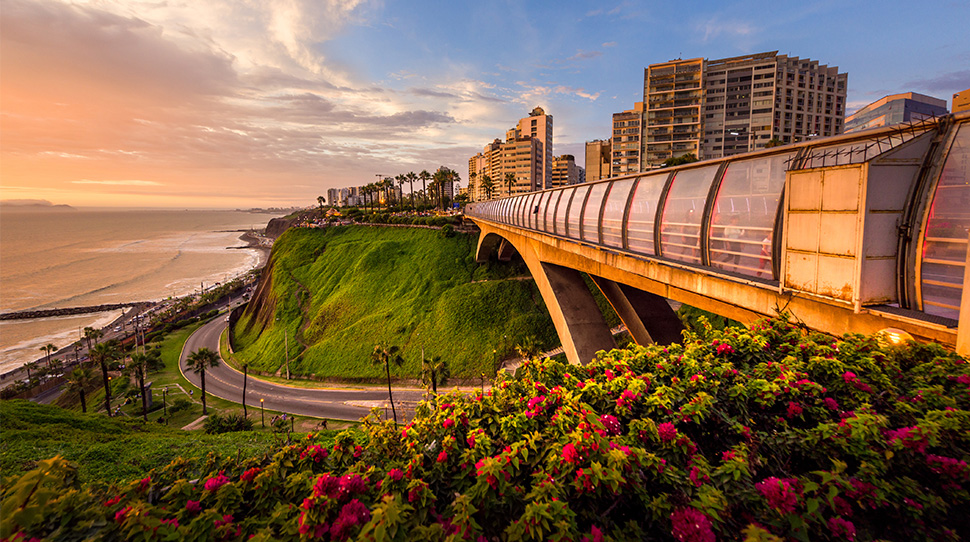

This is the final part of a four-part trip to explore Peru’s dramatic landscape – from charming cities to pristine coastlines to towering Andes peaks. (Read Parts one,,,,, two and three)
The largest airport in Peru, Jorge Chávez International In Limaa new terminal was released on June 1, three times the size of its predecessor. The $2.4 billion expansion has dramatically increased capacity and is welcomed by another 40 million passengers each year who may be bound by such a constrained as the ancient miracle Cusco and Machu Picchu. But don’t just pass – Lima itself provides a rich experience and is worth a dedicated stopover.
Lima is a charming destination. It is the second largest desert capital in the world after Cairo, but it embraces the Pacific Ocean and has three rivers. With a population of 11.2 million, Peru’s largest cities rank the largest so far – about one-third of the country lives in metropolitan areas. It has everything from ancient ruins to popular restaurants.
If you’re stopping in and want to taste what a vibrant city has to offer, visit some of these top attractions:
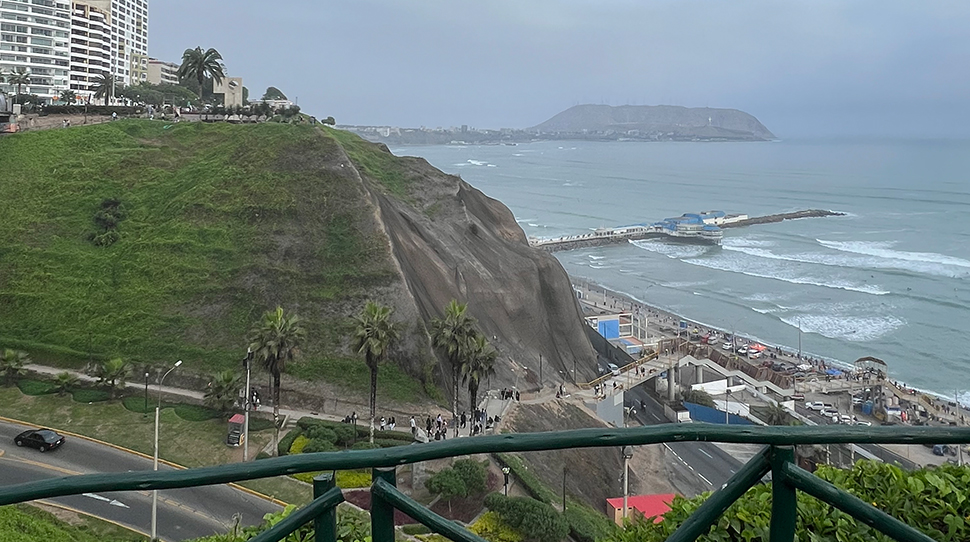
Malkang twists and turns
One of the best features of Lima is its Pacific coastline. If you don’t have time to surf or swim, enjoy the water views of El Malecón, a six-mile coastal trail that can walk through various neighborhoods and connect green spaces, cafes and more.

Visit the Love Park
Along the Malecón in Miraflores overlooking the ocean along the cliff block, beside this park, curved, colorful mosaic walls parked in this park, depicting the “love” of flowers and plants on the meadow.
Everyone from family to solo travelers goes to the park frequently, which is for the couple. February 14, 1993, appropriate opening ceremony, Love Park function kissThis is a sculpture by the famous Peruvian artist Víctor Delfín, where lovers kiss passionately.
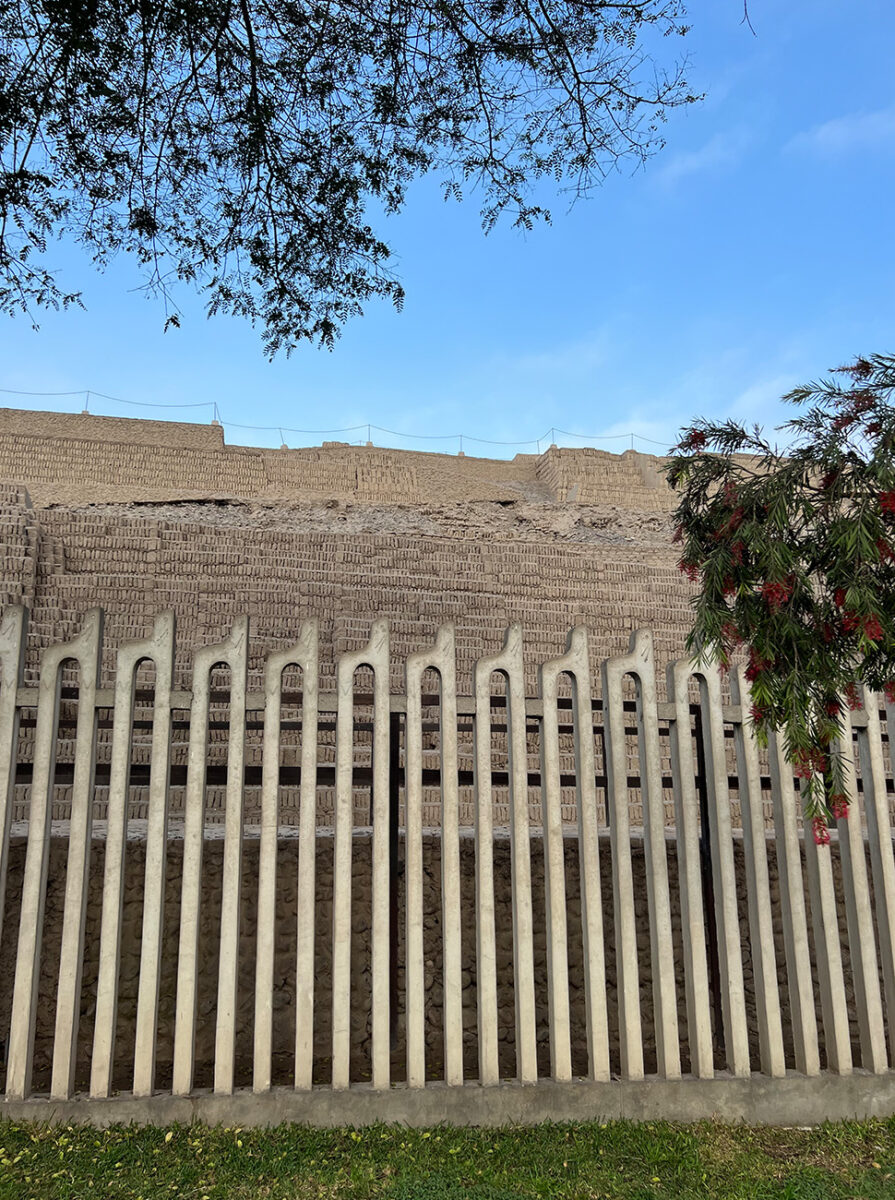
See the ancient pyramid
You don’t have to climb to the top of Machu Picchu to see the famous ancient ruins of Peru. In the middle of the upscale Miraflores opposite the modern carnival steakhouse, this is an unexpected discovery: an archaeological site called huaca puclana.
The Pyramid is an Inca Pre-Inca temple and plays a role in various rituals. The structure is surprisingly still intact – it is made using bookshelf technology, which stacks Adobe Bricks vertically to protect the pyramids from the Lima earthquake. Marvel at the well-preserved pyramids and visit the on-site museum to learn more.

View art near Barranco
Pedestrian-friendly Barranco is the artistic heart of Lima. Writers, poets and artists live and work in this Bohemia region, filled with European influence architecture in palm trees. Come here to read the attractions carefully dédalo Arts and artesaniaThis is a luxury-turned art gallery that displays everything from jewelry to furniture made by Peruvian artists. Walking to the back of the gallery, you will find a charming brick courtyard with branches of an ancient seaweed tree and installations of origami birds hanging from a cafe table. After a day of exploring Barranco, this is a great place to cheer on.
Stay again Emerald Rivera Worlda gallery dedicated to the Peruvian painter, potter, sculptor and muralist of the same name. The versatile Rivera’s work revolves around the theme of Latin identity and environment – he Sighing home (“Sighing Home”) For example, the mural on the side of the building shows a man removing a heart-shaped mask to reveal a colorful bird.
That’s not the only street art you’ll encounter in Balanco. Walk around and decorate buildings, bridges, etc. for colorful graffiti. Looking for female-centric murals by Lima-born artist Bronik, e.g. recia (“Strong”), a girl struggles to hold a basket on her shoulder full of books, vegetables, people and other responsibilities.
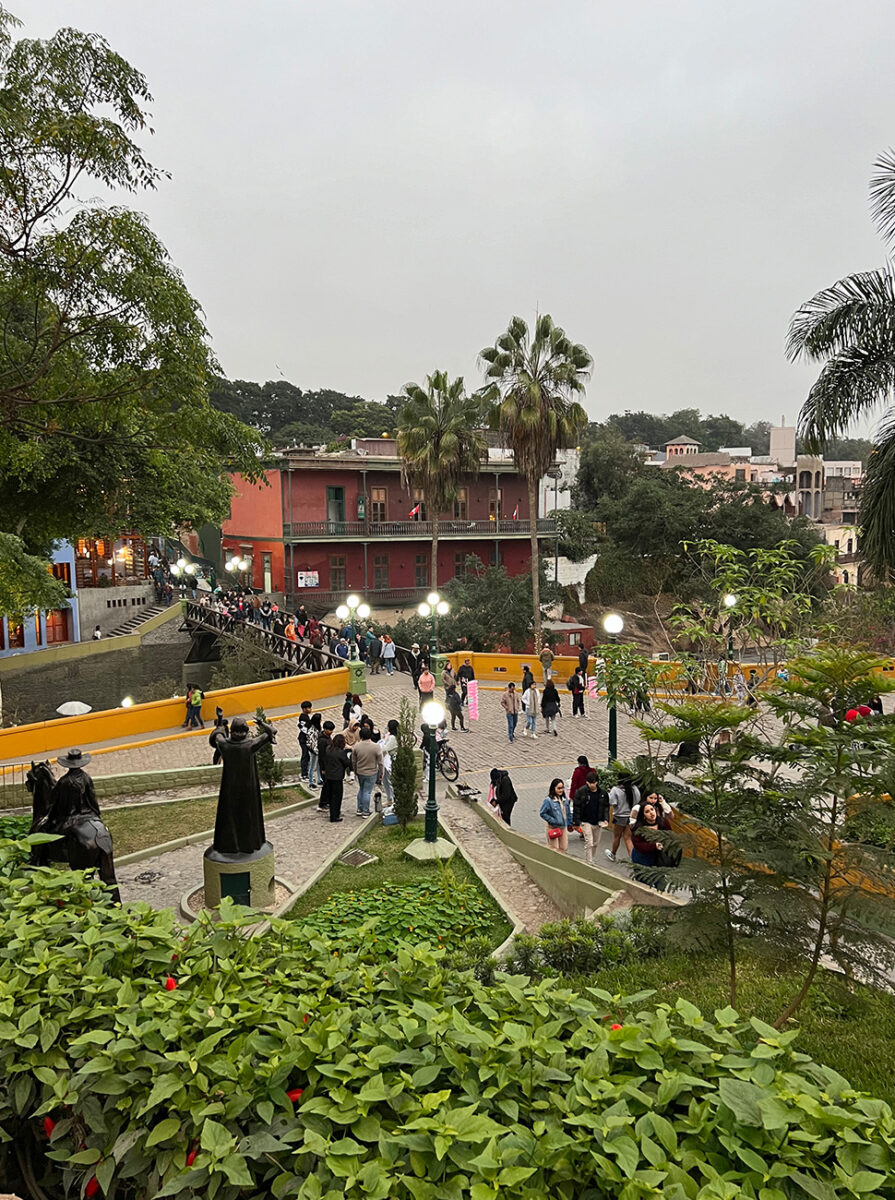
Sigh beyond
This Barranco attraction was built in the 1870s to connect the two sides of the ravine. This is a favorite place to take photos and some magic tricks. According to local legend, if tourists crossed a 144-foot wooden pedestrian bridge while holding their breath, their wishes will come true.
Relax in Olive Park
As tourists flock to Love Park, you will find locals strolling around Olive Park in the San Isidro financial district. The overcrowded green space offers an oasis of sidewalks that take you over 1,600 olive trees, which the Spanish brought 400 years ago, and a pond of hairtail and sea turtles.
Pay close attention to the park’s more than 60 bird species, such as the noisy frosted blackbird or the bright saffron finch.
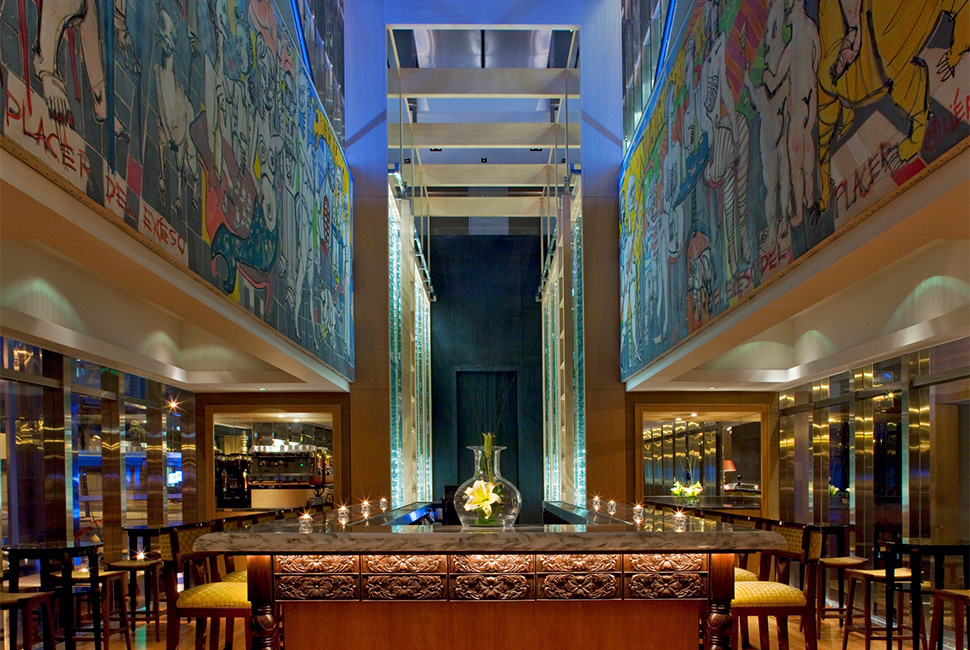
Drink pisco sour taste
While in Lima, you must try Pisco Sour, the country’s most famous drink. It combines Pisco – a Peruvian grape still considered a national cultural heritage – lemon juice, egg white, simple syrup and some 10T meter Angustula bitters as a decor on the foam top. The cocktail was invented in the 1920s by American expat Victor Morris at the Morris Bar in Lima.
Westin Lima Hotel & Conference CenterThe lobby lounge bar offers a variety of classic cocktails and non-alcoholic cocktails, but cleverly displays the tall walls of Pisco’s bottles that you can look to the local spirit. Pisco products, from Pisco mule to Cabobean (similar to eggnog but similar to Pisco and Peruvian Cacob), is the most popular order. We sat in a bar with a white marble roof, enjoying the murals of the styled characters, enjoying the sweet and sour tastes like the mermaid, and perhaps Pisco.
Participate in the cooking scene
As the South American culinary capital, Lima is only attracted to food. Beautiful cultivation institutions such as Astrid and Gastón, Central, Mayta and Maido showcase the best food in Peru and its different aspects.
However, you don’t need to dine in a high-end restaurant with a tasting menu to taste the country’s food. Find local street food Anti-chosroast beef heart skewers; bUtifarraa sandwich stuffed with country ham and salsa crera; and Gallina Ajichopped chicken with creamy spicy sauce. And save space for desserts Picaronspumpkin and sweet potato donuts soaked in honey, then Purple Mazamorraa rice powder-like plate made of purple corn and fruit.
